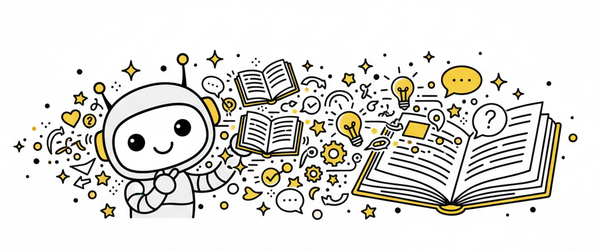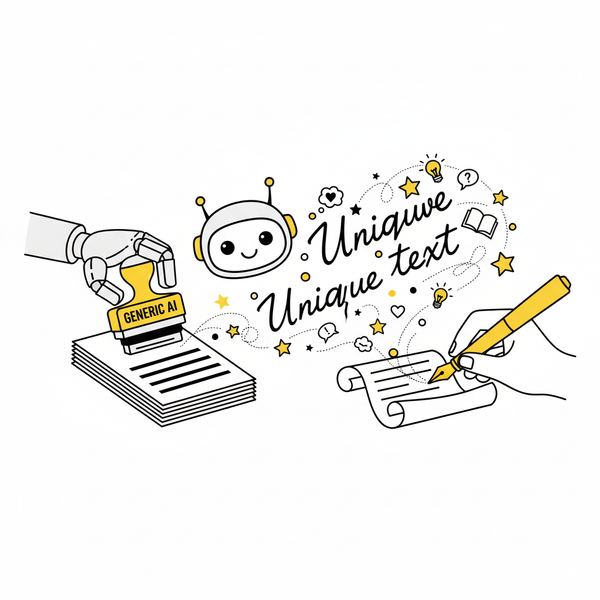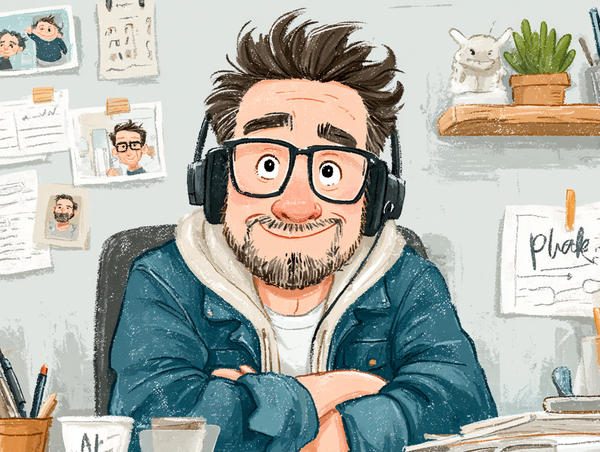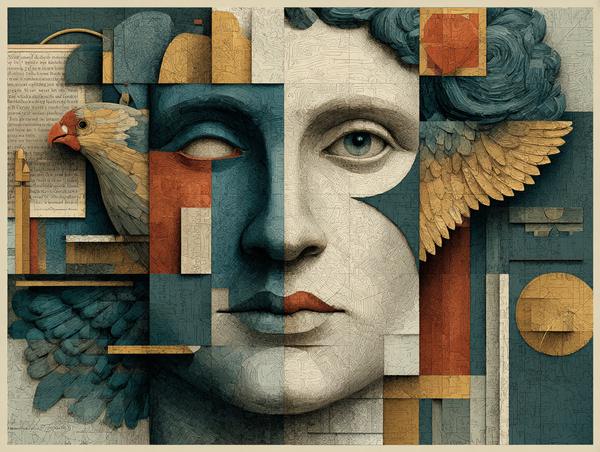Building Worlds, Iteration by Iteration
How Structure Unleashes Creative Flow

Have you ever felt like your story is a wild, sprawling garden – beautiful, perhaps, but also a little chaotic and hard to manage? We've all been there. The muse strikes, words flow, and you find yourself deep in a narrative without a clear map. While discovery writing has its place, sometimes, a little structure can actually unlock a whole new level of creative freedom and, crucially, allow for so many more iterations.
Think about it like building software. A single developer might be able to hack together a simple script without much planning, but building a complex, robust, and scalable application requires a structured approach. Interestingly, many of the principles that make software development successful are just as powerful when applied to storytelling.
Storytelling as Software Development: Modularity, Versioning, and Collaboration
Let's borrow three key concepts from the world of code and see how they translate to crafting compelling narratives:
Modularity is Key: Build with LEGO Bricks, Not One Giant Blob
In software, modularity means breaking down a program into smaller, independent, and interchangeable parts (modules). This makes the code easier to understand, test, debug, and update.
In storytelling, modularity means viewing your narrative not as one monolithic entity, but as a collection of interconnected components:
- Characters: Each with their own motivations, backstories, and dialogue styles (hello,
config.characterandconfig.dialoguestyle!). - Scenes: Individual units of action and interaction that can be moved, rewritten, or expanded upon.
- Plot Points: Key events that drive the narrative forward.
- World Details: The rules, history, and environment of your story's setting (
config.timeperiod,config.location, etc.).
Treating these elements as modules allows you to work on them individually, refine them, and ensure they fit together seamlessly. AI Story Hub's structure, with its dedicated sections for characters and locations and flexible configuration files, naturally encourages this modular approach. For example, you can iterate on a character's voice using a specific config file without affecting your overall plot outline.
Versioning is Key: Experiment Fearlessly, Revert with Confidence
Software developers rely heavily on version control systems (like Git) to track every change made to the codebase. This allows them to experiment with new features without fearing breaking the existing application. If something goes wrong, they can simply revert to a previous, stable version.
In storytelling, the ability to experiment and iterate is just as vital. You need to feel free to try out different ideas for a character's dialogue, explore an alternative plot twist in a scene, or tweak a world-building detail without the anxiety of losing your previous work.
This is where AI Story Hub's powerful element-level versioning comes in. Unlike a single, linear document, AI Story Hub allows you to version each and every component of your story individually. Every change you make to a character profile, a scene description, a location detail, or any other element is tracked.
This means you can:
- Experiment freely: Try out bold new ideas for any part of your story, knowing you can always revert to a previous version if it doesn't work out.
- Track your creative evolution: See how your characters, scenes, and world have developed over time.
- Work without fear: The safety net of versioning allows you to be more daring and innovative in your writing.
This is a fundamental aspect of a structured storytelling approach. It empowers you to iterate on your narrative with the same confidence and control that developers have over their codebases.
Collaboration is Key: Building Worlds Together
Modern software development is rarely a solitary endeavor. Teams of developers collaborate, sharing code, providing feedback, and working together to build something larger than any one person could create alone.
Storytelling, too, can be a powerfully collaborative process. Bouncing ideas off others, co-writing scenes, or getting feedback from trusted partners can unexpectedly elevate a story. Until now, collaborating on a single, living story document has often been clunky and challenging.
That's why we're incredibly excited to announce that AI Story Hub will soon introduce the ability to collaborate with other users on the same story!
This upcoming feature directly applies to the principle that collaboration is key to building something truly remarkable. Imagine inviting a co-writer to work on character dialogues, getting input on world-building from a fellow enthusiast, or collaborating with a friend to outline a complex plot. AI Story Hub will provide the platform to make this seamless, allowing multiple users to contribute to the same story universe in real-time, leveraging the structured environment and AI assistance together.
Embrace the Structure, Unleash the Iterations
Adopting a more structured approach to storytelling doesn't stifle creativity; it empowers it. By thinking in terms of modularity, understanding the value of versioning (even in principle), and soon embracing collaboration directly within the platform, you can unlock a new level of iterative development for your narratives.
AI Story Hub is designed to support this process, providing the tools to organize your creative elements and the AI power to help you explore endless possibilities within your defined structure.
Get ready to build, iterate, and collaborate like never before. The future of shared storytelling on AI Story Hub is just around the corner!
Stay tuned for more details on the collaboration feature that is coming soon!




